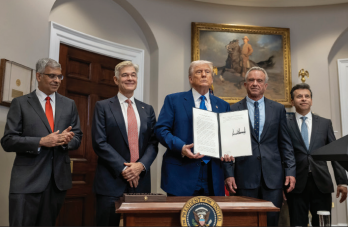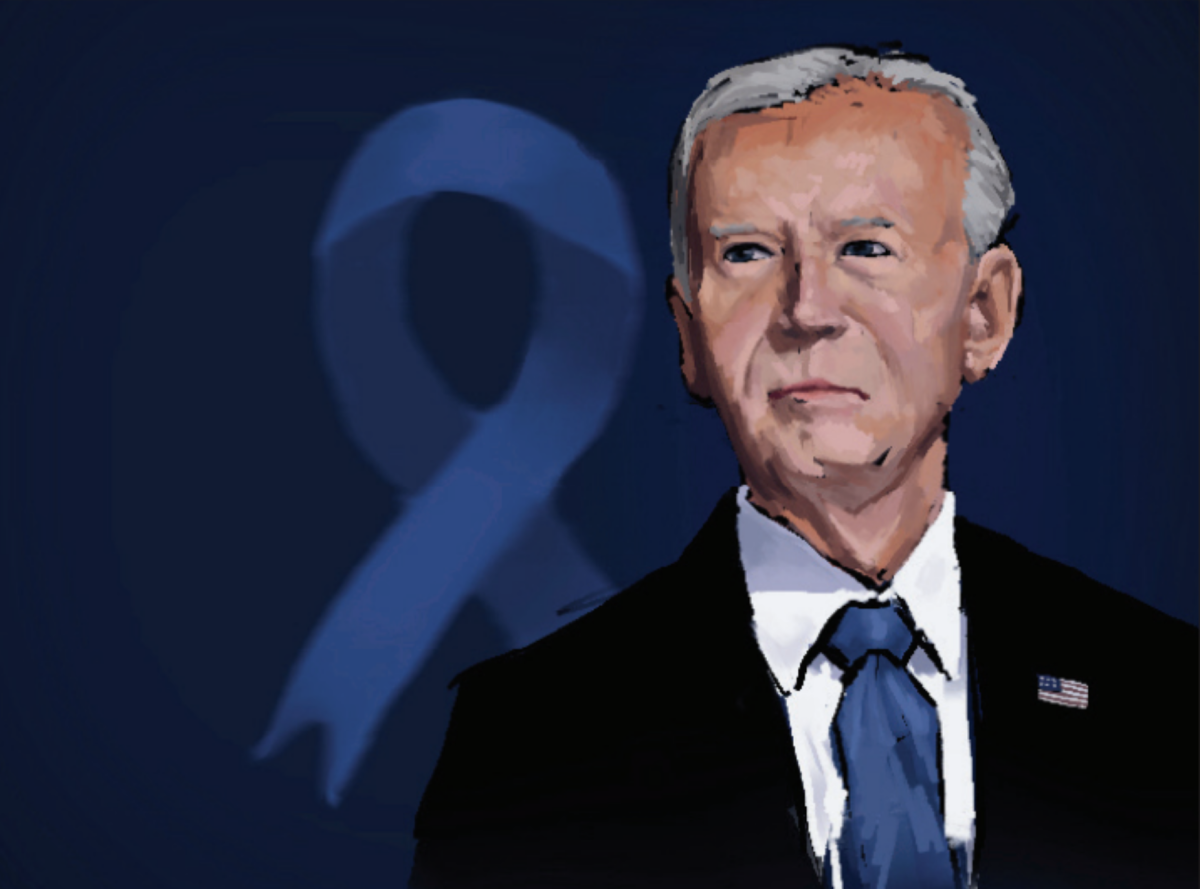With 30 foreign ministers gathered at its headquarters in Brussels, Belgium, the North Atlantic Treaty Organization (NATO) celebrated its 75th anniversary. Despite NATO being formed by only 12 founding nations, today, 32 countries are a part of the organization, with Sweden joining just weeks before the anniversary.
NATO is an intergovernmental military alliance, formed in April of 1949 during the escalation of the Cold War. The organization was initially created to deter Soviet expansion and encourage European cooperation, particularly after the devastation of World War II. Its current goals are to deter threats, provide security, forge partnerships, and build peace and stability in regions with conflict.
In response to the formation of NATO, the Soviet Union formed the Warsaw Treaty Organization, a mirroring military alliance, in May of 1955 with seven other countries. The Berlin Wall and the two military treaties highlighted the differences between the Western Bloc and the Eastern Bloc. During the Cold War, NATO created a military structure to effectively coordinate their actions. NATO focused purely on deterrence, but towards the end of the 1960s, diminished tensions led to a shift to the policy of détente, attempting to defuse tensions with the Soviet Union.
After the Cold War, NATO took part in the Kosovo conflict, conducting the first airstrikes in its history against former Yugoslavia. NATO’s growing involvement in global affairs culminated in the War in Afghanistan.
Following the 9/11 attacks, countries invoked Article 5 of the North Atlantic Treaty, which states that if any member nation is attacked, then all member countries can help in the self-defense of that nation. The U.N. authorized the creation of the International Security Assistance Force composed of soldiers from a coalition of countries, which NATO oversaw starting in 2003. The War in Afghanistan was the longest, costliest, and deadliest conflict in the alliance’s history, ending in the chaotic withdrawal of troops in 2021. This failure demonstrated NATO’s deviation from destroying terrorist organizations in Afghanistan to pursuing unrealistic goals of completely changing the country. Since then, the organization has adjusted, operating smaller scale missions such as in Iraq, primarily focusing on developing the Iraqi Army to prevent terrorist groups finding a base of operations in the country.
NATO has also adapted to more modern conflicts with more modern responses. Following the Bosnian War, NATO led efforts in reconstruction, implementing aspects of the Dayton Peace Agreement that marked the end of the war in 1995. However, the organization’s initial purpose of defense has not disappeared. Due to the conflict in Ukraine, now in its third year, NATO deployed four additional battlegroups to the eastern flank and has ramped up wartime measures, increasing the number of high-readiness combat-ready forces, stocking equipment, and refining command structures. According to the Kiel Institute, NATO member countries have committed about $157.6 billion of aid to Ukraine for anything from humanitarian to military needs up until January 2024.
NATO seems to be going strong, and only time will tell how many more countries may join the alliance. The past 75 years has shown its growing impact and influence on the world stage.







